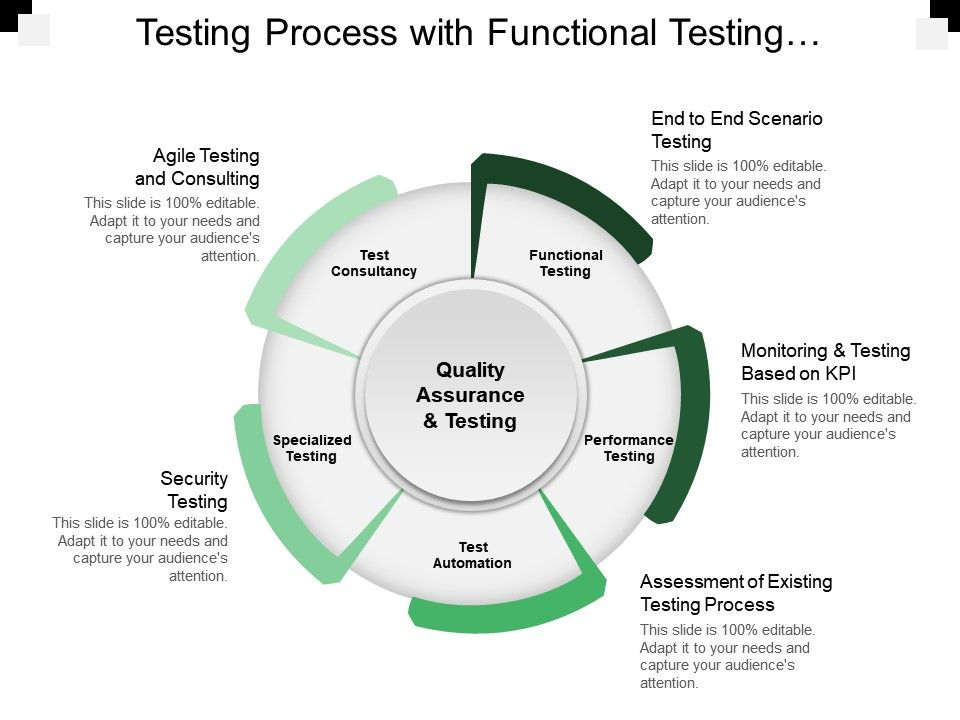
Closed-box testingįunctional testing can also include closed-box testing of the complete application. Still, some user acceptance testing is a vital part of testing procedures for most applications. Many healthy engineering cultures avoid relying heavily on user acceptance testing due to its unreliability, cost, and time consumption.

In the user acceptance phase of software testing, developers provide part or all of the application to end users or their representatives to model real-world interactions and functionality. Integration tests validate that each piece of the software lives up to its end of the contract and generate warnings when these interactions introduce regressions. When developers write code as loosely-coupled modules - as it usually should be - the components rely on explicit contracts for how they interact. Integration testing validates how software modules operate together. When the application deviates or regresses in functionality, application-wide functional tests often detect changes that unit tests don’t. Unit tests for an API application might make requests against the system deployed in a testing environment and compare the responses against documentation. Unit testing (which can also be used for non-functional testing).There are many types of functional testing: Interactions between modules are frequently the points where errors occur. Functional testing often includes testing portions of the underlying code.Ĭomparing actual outputs against expected behaviors provides a clearer overall picture than testing individual modules in isolation. Functional testing focuses on checking the application’s functionality against a set of requirements or specifications.


 0 kommentar(er)
0 kommentar(er)
